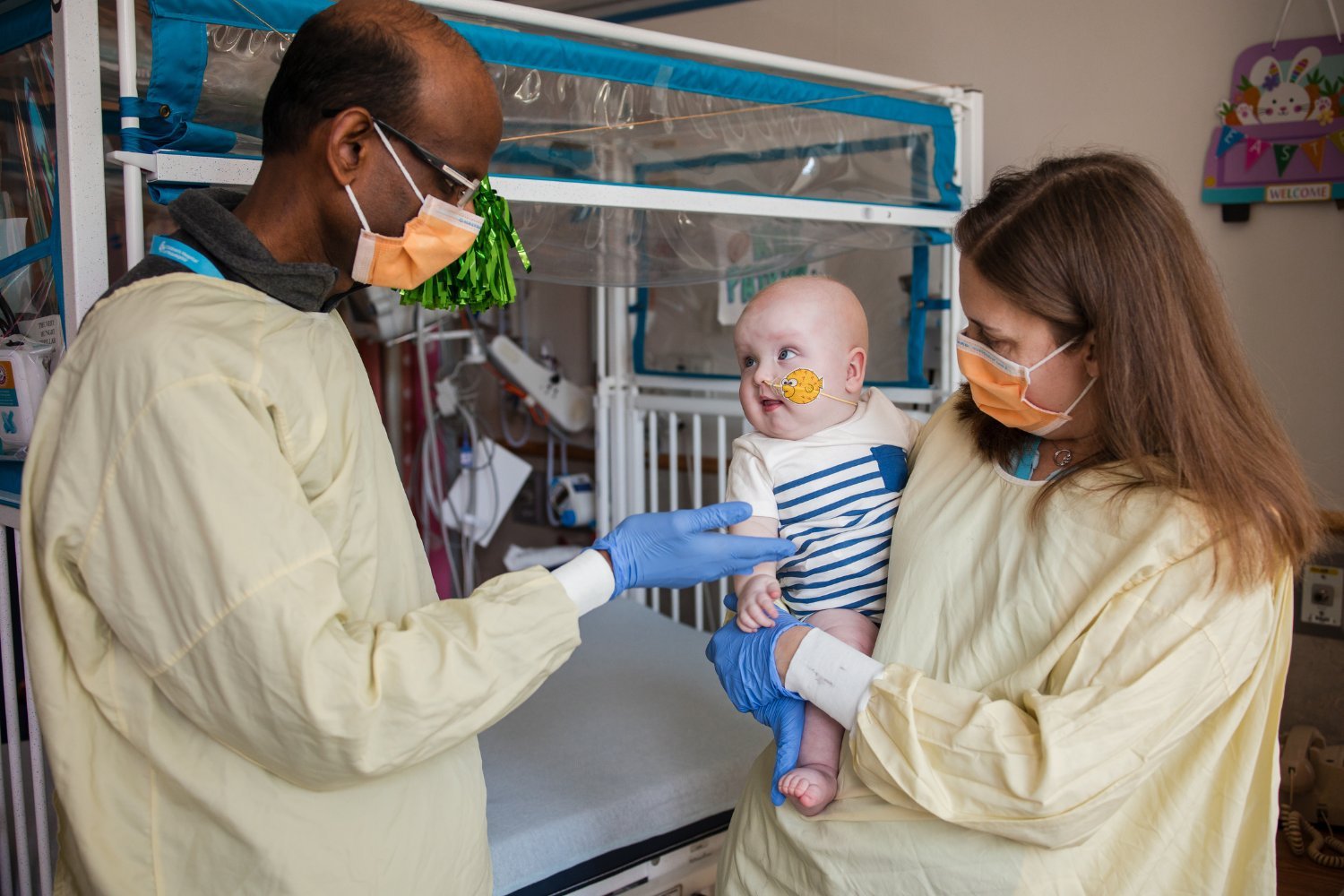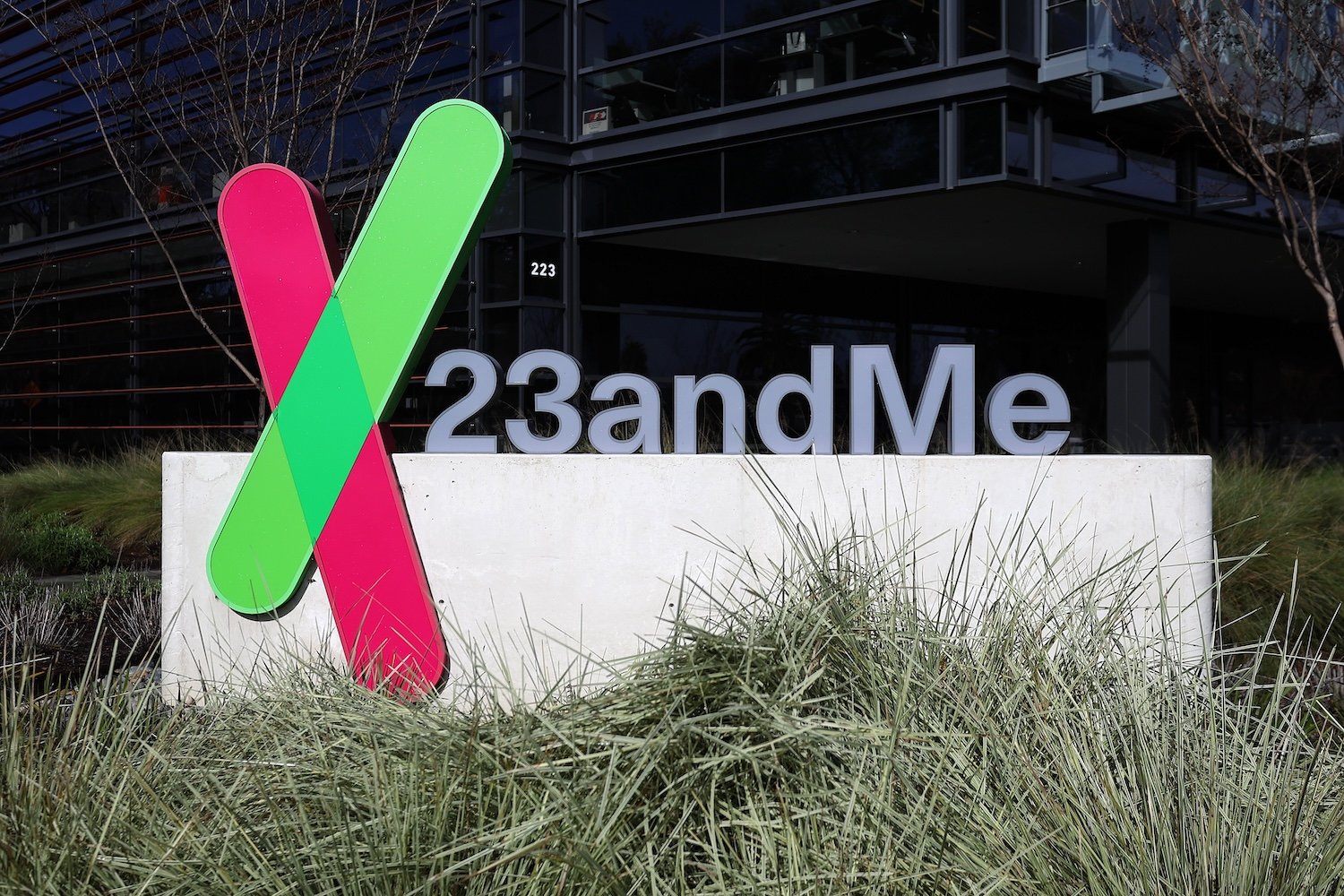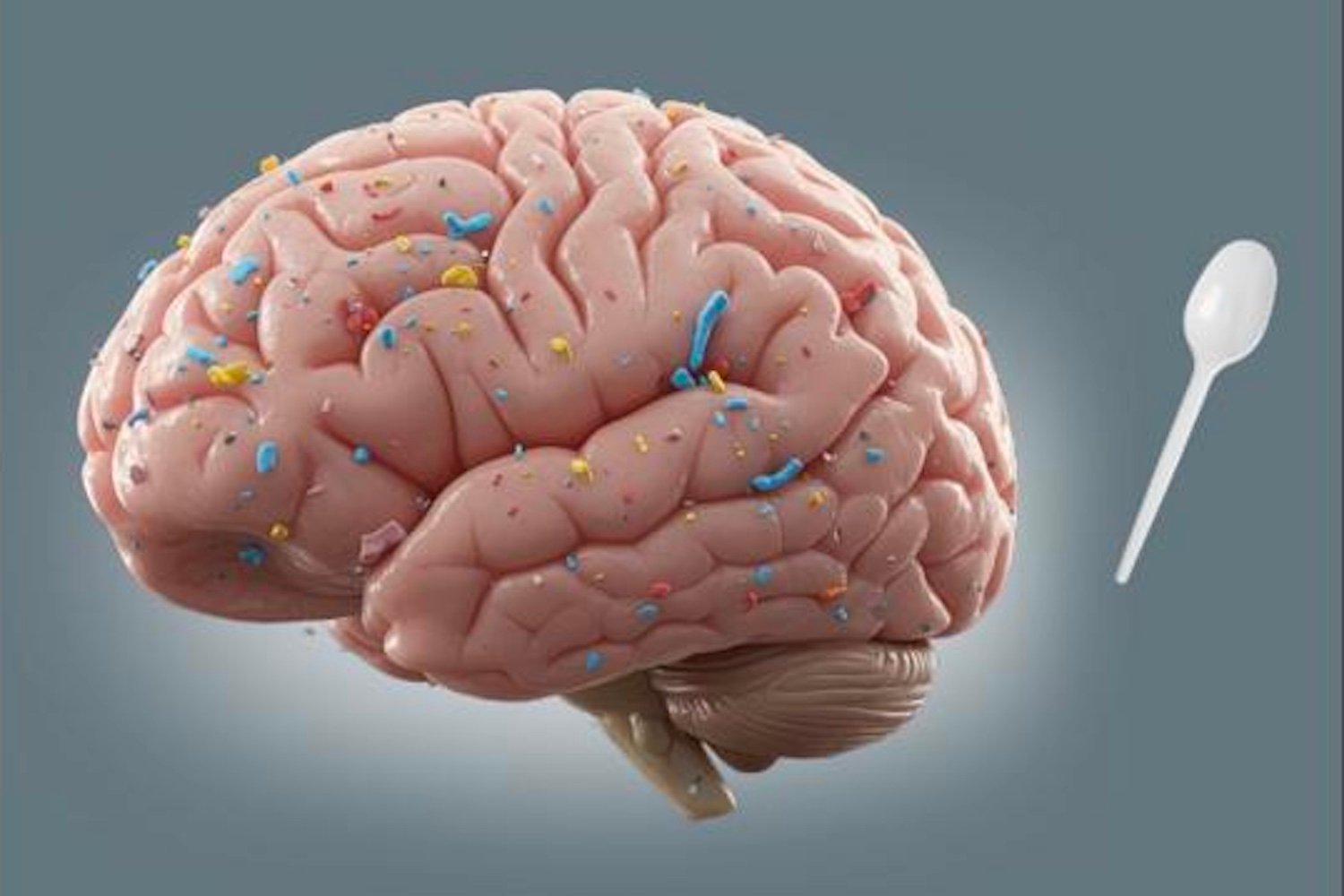A groundbreaking achievement in medicine has been reported: the successful treatment of an infant’s life-threatening metabolic disorder using personalized CRISPR-based gene therapy. This marks the first time this innovative approach has been used to treat a child so young. Researchers at the Children’s Hospital of Philadelphia (CHOP) and Penn Medicine published their findings in the New England Journal of Medicine, offering hope for children with similarly rare and devastating conditions.
The infant, identified as KJ, was born with a severe form of carbamoyl phosphate synthetase 1 (CPS1) deficiency. This genetic disorder impairs the liver’s ability to process ammonia, a common waste product. The resulting ammonia buildup can lead to organ damage and even death, with a mortality rate of up to 50% in infants.
Existing treatments for CPS1, such as a strict low-protein diet, can manage ammonia levels but are not curative. Liver transplantation offers a potential cure but is often delayed until infants are older, leaving them vulnerable to severe complications during the critical early stages of life. KJ’s case presented a unique opportunity for a more immediate solution: a personalized gene therapy tailored to his specific genetic defect.
A Race Against Time: Developing a Personalized Treatment
Recognizing the urgency, researchers at CHOP and Penn Medicine leveraged their ongoing work in developing customized gene therapies for rare genetic diseases. With parental consent and FDA approval, the team embarked on an ambitious six-month project to create, test, and administer a personalized CRISPR gene editing therapy for KJ.
The therapy involves using lipid nanoparticles to deliver CRISPR to the liver cells. CRISPR then targets and edits a specific base within the defective gene responsible for KJ’s CPS1 deficiency. The aim is to repair the genetic defect and restore the liver’s ability to break down ammonia effectively. Prior to human trials, the therapy underwent rigorous testing in mice and monkeys.
KJ received his first low dose of the gene therapy, codenamed k-abe, in February 2025. Subsequent higher doses were administered in March and April, all without apparent serious side effects. Since then, KJ has shown remarkable progress, tolerating increased protein intake and requiring lower doses of other medications used to manage CPS1. He even weathered common childhood infections, which can be particularly dangerous for CPS1 patients, without major complications.
A Beacon of Hope for Personalized Medicine
While long-term safety and the potential need for future treatments remain to be seen, KJ’s positive response offers significant hope. Researchers are optimistic that their personalized approach can be adapted to treat a wider range of ultra-rare genetic disorders.
“We want each and every patient to have the potential to experience the same results we saw in this first patient,” said Kiran Musunuru, lead author of the study and geneticist at Penn Medicine. “The promise of gene therapy that we’ve heard about for decades is coming to fruition, and it’s going to utterly transform the way we approach medicine.” This breakthrough represents a significant step towards a future where personalized medicine offers targeted solutions for individuals with rare and previously untreatable genetic conditions.
A New Era of Hope
This successful application of personalized CRISPR gene therapy marks a significant milestone in medical history. KJ’s story embodies the potential of this cutting-edge technology to transform the lives of children with rare genetic diseases. While further research and clinical trials are necessary, this achievement signifies a new era of hope for personalized medicine and its ability to address previously incurable conditions.











